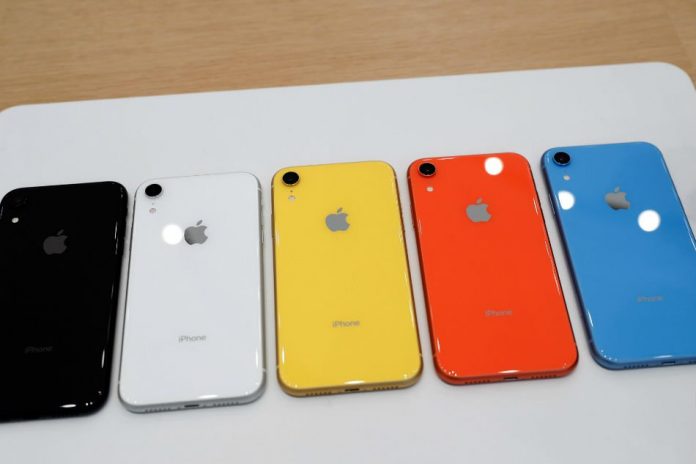
SAN FRANCISCO – A raft of profit warnings from Apple Inc suppliers this week has fueled investor concerns that iPhone sales, in terms of volume, have hit a wall that could spell trouble for the company’s plans to make services its main pillar of growth.
For the past year, investors had largely been willing to overlook stagnating unit sales of the iPhone because average selling prices kept rising. But it now faces fierce competition from mid-priced phones from makers such as Xiaomi Corp.
Apple has often stated its plan to increase its revenue from paid services, such as Apple Music and iCloud. That, at least in part, requires a growing base of device owners driven by its iPhone, which analysts believe accounts for about two-thirds of the 1.3 billion Apple devices in use around the world.
Wall Street analysts have expressed concerns that slower overall smartphone sales will make it harder for Apple to hold smartphone market share as people put off buying its generally more expensive phones. That, in turn, could hurt the growth of Apple’s services revenue, said Bernstein’s Toni Sacconaghi.
Without volume growth in promising overseas markets such as India, Brazil and Russia, the worry among analysts and investors is that Apple has at least parts of its strategy wrong with too much emphasis on its premium brand and the high prices that go with it, more than $1,000 for its top models.
Hal Eddins, chief economist for Apple shareholder Capital Investment Counsel, said phones like the OnePlus 6T are roughly comparable to Apple’s high-end phones for almost half the price. “You can get a lot of phone for a lot less,” he said. “The phone landscape is rapidly changing and I think manufacturers are missing a trick by going the $1,000 route.”
Apple declined to comment on its strategy, or the share moves among its suppliers.
The company’s executives have warned investors in the past against fixating on sparse data points from its large supply chain. Apple has for more than a decade insisted that its gadgets should not be judged on their specs alone, an argument that sales data suggests Apple made successfully.
The company also has customer satisfaction and loyalty rates that are unparalleled in the mobile phone industry, said Ben Bajarin, an analyst with Creative Strategies.
Nevertheless, a trio of Chinese smartphone makers – Xiaomi, Oppo and Vivo – accounted for roughly a quarter of the global market in the first half of 2018, according to data from research firm IDC, up from just 8.9 percent for all of 2014 and almost 20 percent last year.
With the exception of fiscal 2015, Apple has not increased its market share. It had 13.6 percent of the world market in the first half of this year, down from 14.8 percent for 2014, although its share typically rises with full-year results due to strong sales in December.
The 1.3 billion iPhones, iPads and Macs used around the world serves as the pool of potential customers for Apple’s services – a business that hit $37.1 billion in revenue for the most recent fiscal year.
That represented 14 percent of Apple’s overall revenue, up from 8.5 percent in fiscal 2015 when iPhone unit sales hit their all-time high.
But IDC expects the global smartphone market to grow only 2.4 percent on a compound basis to 1.6 billion units by 2022, indicating a saturated market in which the Cupertino, California-based firm will be fighting rivals for each customer.
Xiaomi, in particular, is gaining fans rapidly. In India, where Apple has only a minor presence, Xiaomi has in some quarters beat Samsung Electronics Co Ltd to become the country’s top phone seller and is also making headway into European markets like Spain, IDC said in a report. (Reuters)



